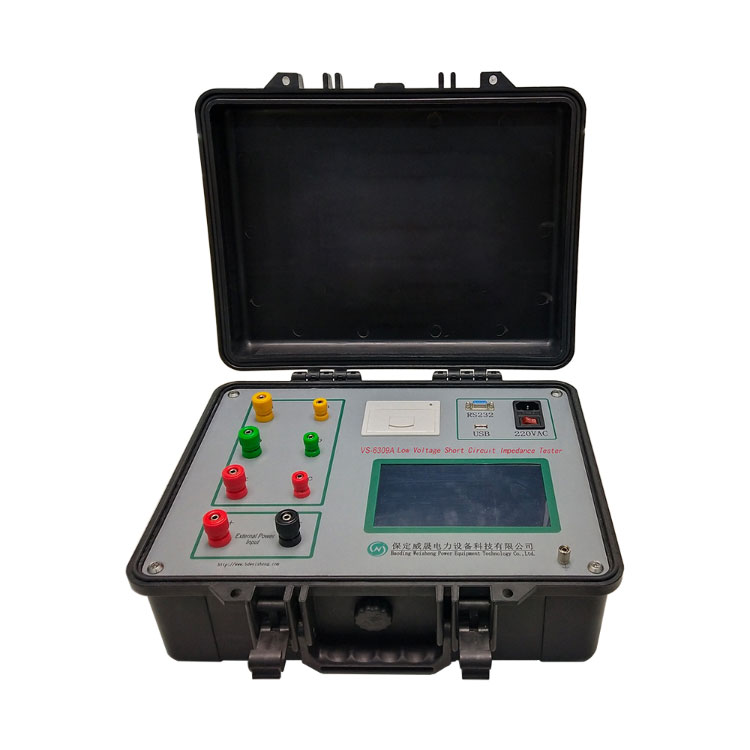
- English
- Español
- Português
- русский
- Français
- 日本語
- Deutsch
- tiếng Việt
- Italiano
- Nederlands
- ภาษาไทย
- Polski
- 한국어
- Svenska
- magyar
- Malay
- বাংলা ভাষার
- Dansk
- Suomi
- हिन्दी
- Pilipino
- Türkçe
- Gaeilge
- العربية
- Indonesia
- Norsk
- تمل
- český
- ελληνικά
- український
- Javanese
- فارسی
- தமிழ்
- తెలుగు
- नेपाली
- Burmese
- български
- ລາວ
- Latine
- Қазақша
- Euskal
- Azərbaycan
- Slovenský jazyk
- Македонски
- Lietuvos
- Eesti Keel
- Română
- Slovenski
- मराठी
- Srpski језик
What is the difference between a shorted and open transformer?
2023-10-17
An electrical device called a transformer is used to move electrical energy between circuits. When there is a low-impedance channel between the transformer's primary and secondary windings, the transformer is shorted. An open transformer, on the other hand, happens when there is a high impedance or an open circuit between the transformer's main and secondary windings.
The type of fault that develops inside the transformer is what distinguishes a shorted transformer from an open transformer. The windings in a shorted transformer are connected to one another, forming a low impedance route. This results in issues like high current flow, which might harm the transformer or the circuitry that is linked. The electrical circuit is broken by an open transformer, which produces a high impedance or an open circuit between the primary and secondary windings. This can cause the circuit to lose voltage or power.
Open transformers are typically caused by a break in one of the windings due to physical damage or overheating, whereas shorted transformers are frequently the result of insulation failure or a turn-to-turn short circuit. Transformers that are open or shorted need to be fixed or replaced in order for the electrical system to function properly.




